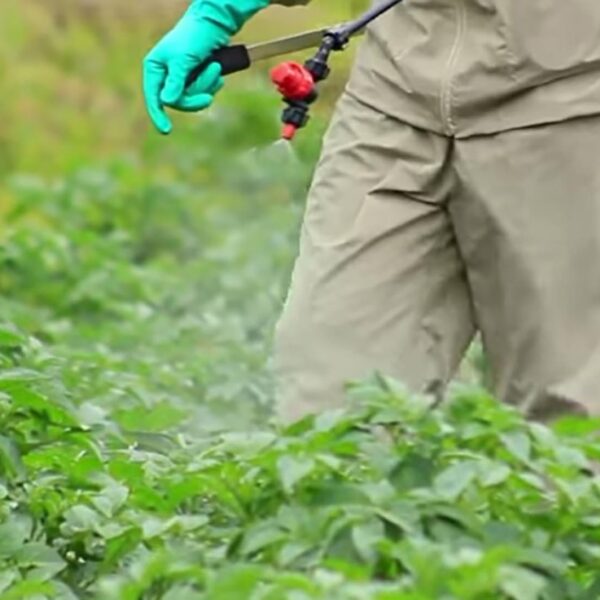Flowers pollinated by honeybees produce fewer seeds of worse quality which could have devastating effects on biodiversity, researchers in California have found.
For their study, Prof Joshua Kohn and Dillon Travis from the University of California precisely tracked the pollination of flowers from three native plant species in San Diego County.
The scientists observed the bees’ foraging activities and put mesh bags on the flowers the insects chose. The ecologists returned later to collect the seeds for examinations.

In their greenhouse, two plants produced around half the amount of seeds from flowers pollinated by honeybees compared with native insects. The seeds of another plant grew into seedlings with fewer flowers.
San Diego County is home to more than native bee species, according to Prof Kohn. However, no other species visit flowers more frequently than the western honeybee (Apis mellifera), a non-native type.
The expert on ecology and evolution told ScienceNews magazine: “Whatever native plants are blooming abundantly, they’re just dripping with honeybees.”
Furthermore, the researchers from the higher education institution in San Diego discovered that honeybees visited many types of flowers around twice as much before moving on than the average of other pollinators such as solitary bees, moths and butterflies.
In their study, they explain that this may result in more inbred seeds which would have a negative impact on biodiversity.
The University of California ecologists say their findings would underline the need for stronger conservation efforts concerning native species.
On average, each resident of the United States consumes 0.9 to 1.4 kilogrammes (one to three pounds) of honey per year.
Solitary pollinators such as leafcutter bees and mason bees do not produce honey. However, they are of great importance when it comes to ensuring balanced and healthy ecosystems.










